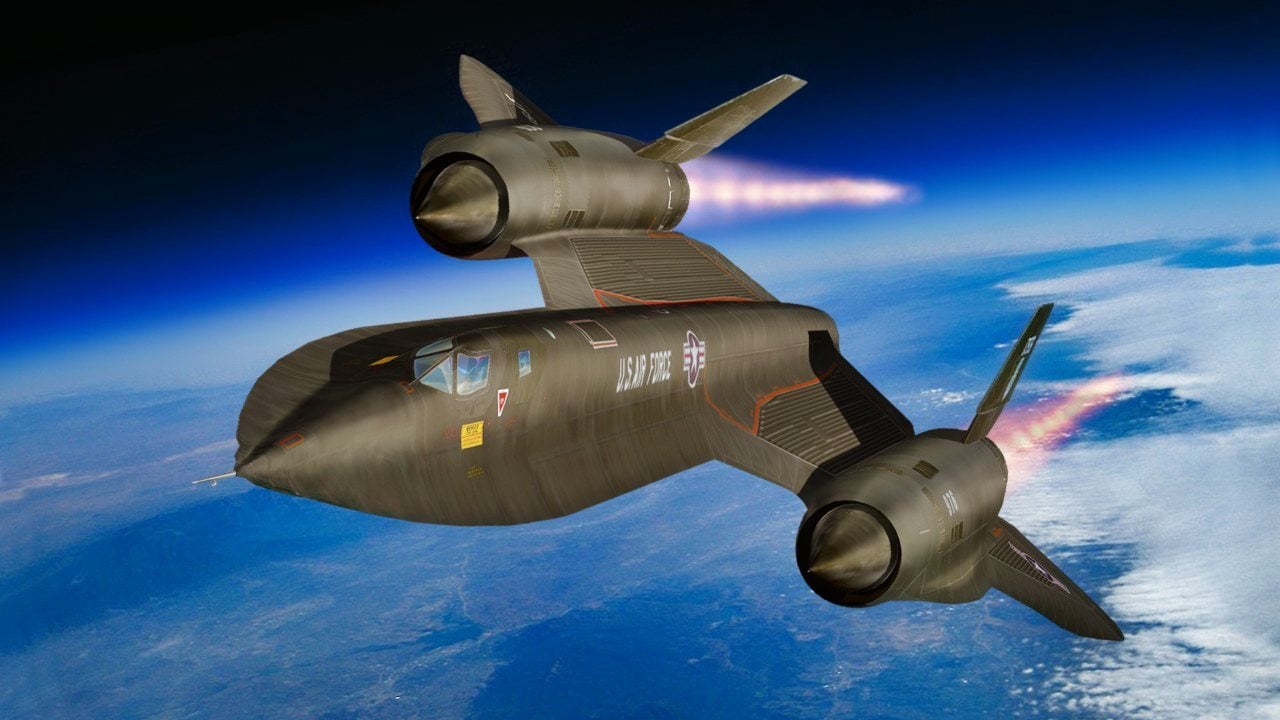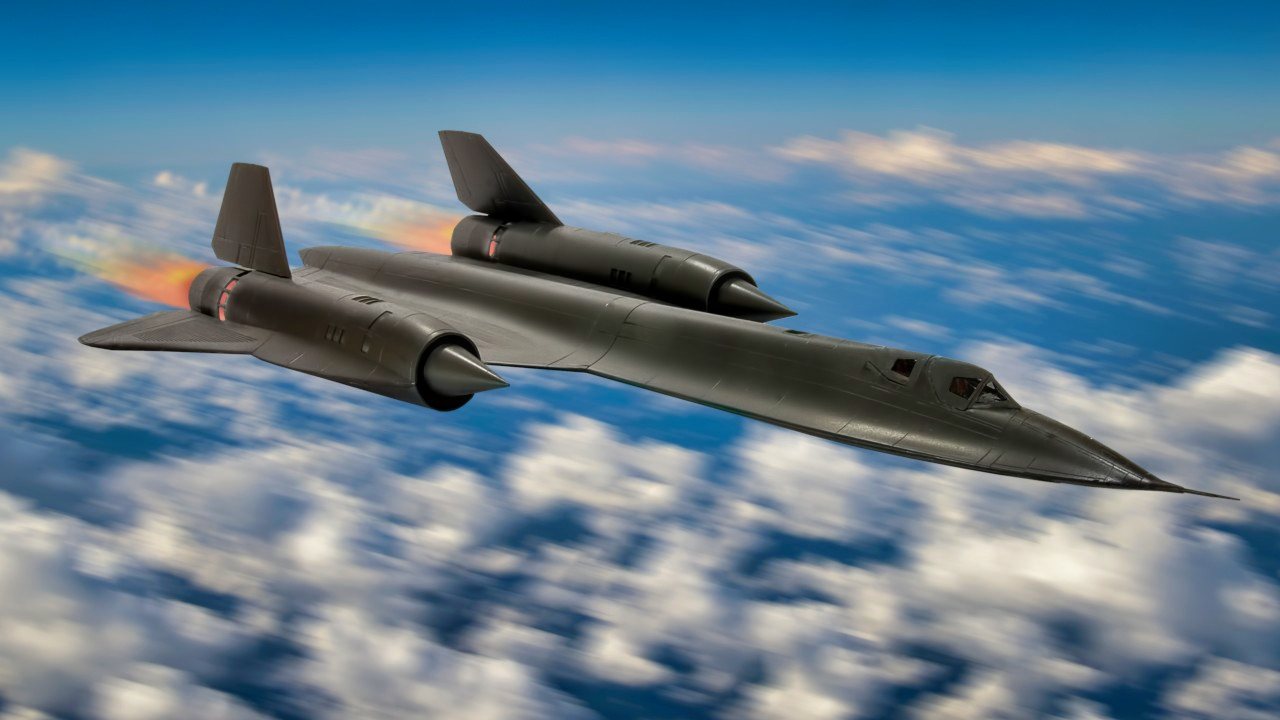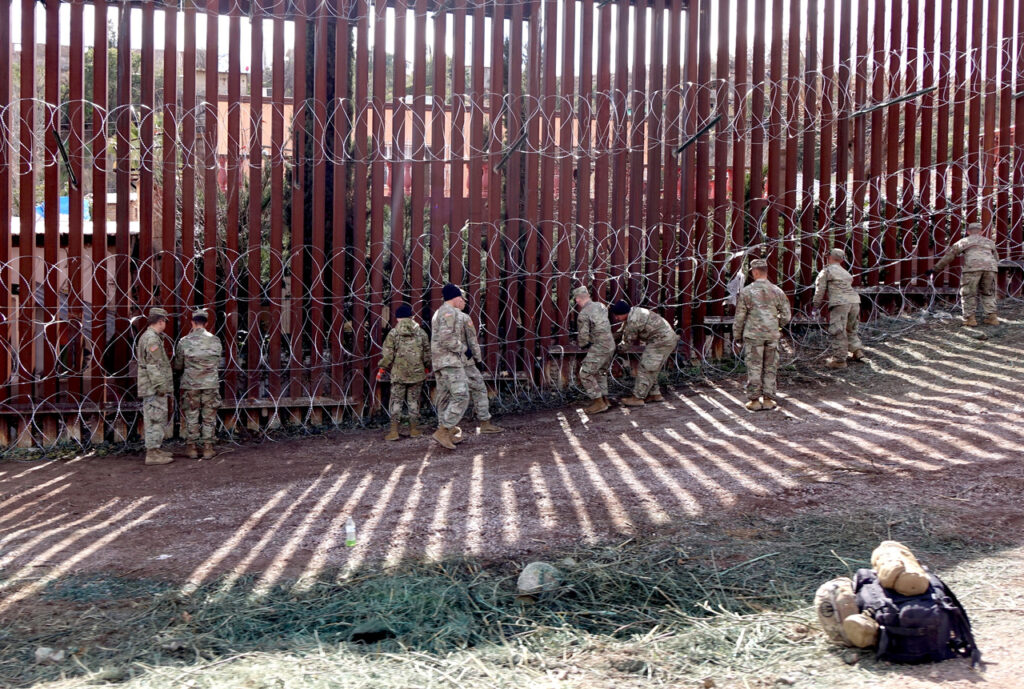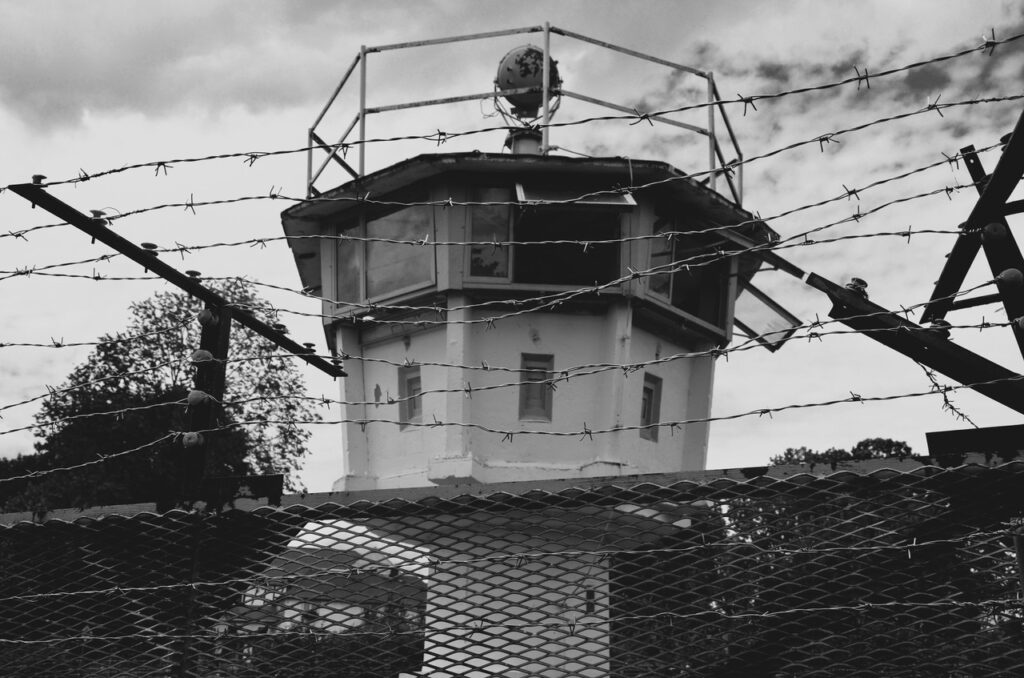
Mach 3 SR-71 Blackbird was Taken on a 15,000 Mile Test Flight
SR-71 Spy Plane Story: In an unforgettable example of super-speedy and long-range flight, a pilot and his recon systems officer pushed the envelope of an SR-71 Blackbird to its limits. In 1971, they flew a harrowing 10.5-hour mission over 15,000 miles. This was a brave but expensive exploit, as the SR-71 cost around $200,000 per hour to fly.
But the Blackbird’s engines needed to be tested, and the crew wanted to see if the marathon mission could explore how long the airplane’s powerplant and airframe could last in challenging conditions.
Why Did They Fly This Mission?
Pilot Lt. Col. Thomas Estes and RSO Lt. Col. Dewain Vick were testing how long the liquid nitrogen in the engines could hold out. Pilots had to watch out for the level of oxygen in the 34,000-pound Pratt & Whitney J58 engines when the Blackbird hit its speed and altitude at MACH 3+ and 80,000 feet.
Oxygen can catch fire in the tanks and fuel lines. So, the maintenance technicians replaced the oxygen in the six tanks with pure nitrogen before the fuel was added. Nitrogen expands into a gas form. Without the nitrogen, the fuel tanks could have been damaged when re-fueling.
What Happened?
They took off from Beale Air Force Base in California and started flying around the United States. The airplane took three laps around the country. They made five aerial re-fuelings in the 10.5 hour and 15,000 miles flight on continuous afterburner. Techs inspected the airplane after the flight, and they found no serious damage.
Award Winners Showed Top Skills
Estes and Vick won two trophies for this astounding feat of endurance. One was awarded by President Richard Nixon. You could say they were hyped up during the flight. Five aerial re-fuelings took the utmost of skill and concentration. Not to mention, the two officers had to worry about whether the engines would burn up or if the air frame would be damaged.
Crew Chief Recounts Risky Aerial Re-fueling
Aviation Geek Squad’s Linda Sheffield Miller interviewed Crew Chief Floyd Jones. “The SR-71 does have three LN2 Dewar’s, two in the nose wheel and the third in the left chine are just outboard of K bay. The LN2 goes from the Dewar’s to coils (heat exchange) in tanks 1 and 3 that turns the liquid into gasses of nitrogen. The wing tanks are the ones that have the worse leaks. Reason being that during the in-flight refueling tanks 3 & 6 are empty during the refueling the excess Hot tanks and the very Cold Fuel cause the Tank Sealant to fracture (crack) causing leaks.”
Maybe Check with the Engine Manufacturer?
This flight makes you wonder how the brass felt about taking such a risk. Program leaders and the president gave Estes and Vick awards so the higher-ups in the Office of the Secretary of the Air Force must have approved. But this seemed like the mission was not fully thought out beforehand. It makes you wonder if the operators should have checked with Pratt & Whitney before conducting a chemistry experiment with the engines.

Yes, They Had the Right Stuff
Could this type of endurance flight be possible in today’s military? Probably not. No one wants to be responsible for an in-air disaster for something that could be seen as stunt flying. But nothing should be taken away from Estes and Vick – two aviators who clearly had the “Right Stuff.”
About the Author
Brent M. Eastwood, PhD, is the author of Humans, Machines, and Data: Future Trends in Warfare. He is an Emerging Threats expert and former U.S. Army Infantry officer. You can follow him on Twitter @BMEastwood.
All images are Shutterstock.


